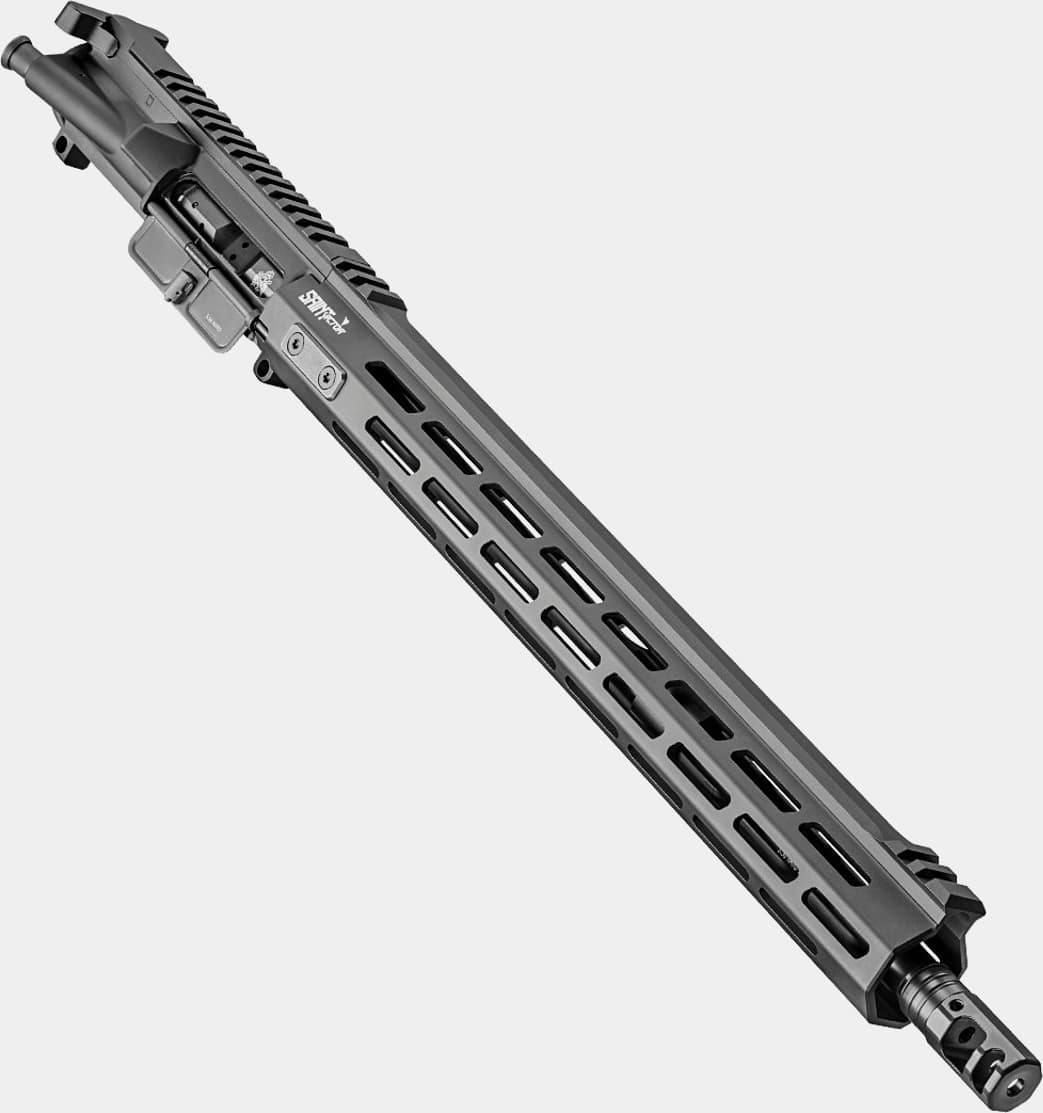Ghost Guns — Myth vs. Reality
December 20th, 2024
6 minute read
In this article, the author discusses homemade firearms. Known also by their media name of “ghost guns,” homemade firearms are nothing new. Nevertheless, they have become a political football in recent years. The author’s views are his own and do not constitute legal advice. Always check your local laws.
I’m more than a little sick of hearing the term “ghost gun” — the latest boogie man dreamed up by those who are opposed to our right to own firearms.
Language Influences Thoughts
It is an oft-repeated idea that whoever controls the language can control the population. While the originator of the idea may never be known with any certitude, it is a concept that has been wielded by many an autocrat and their ilk.
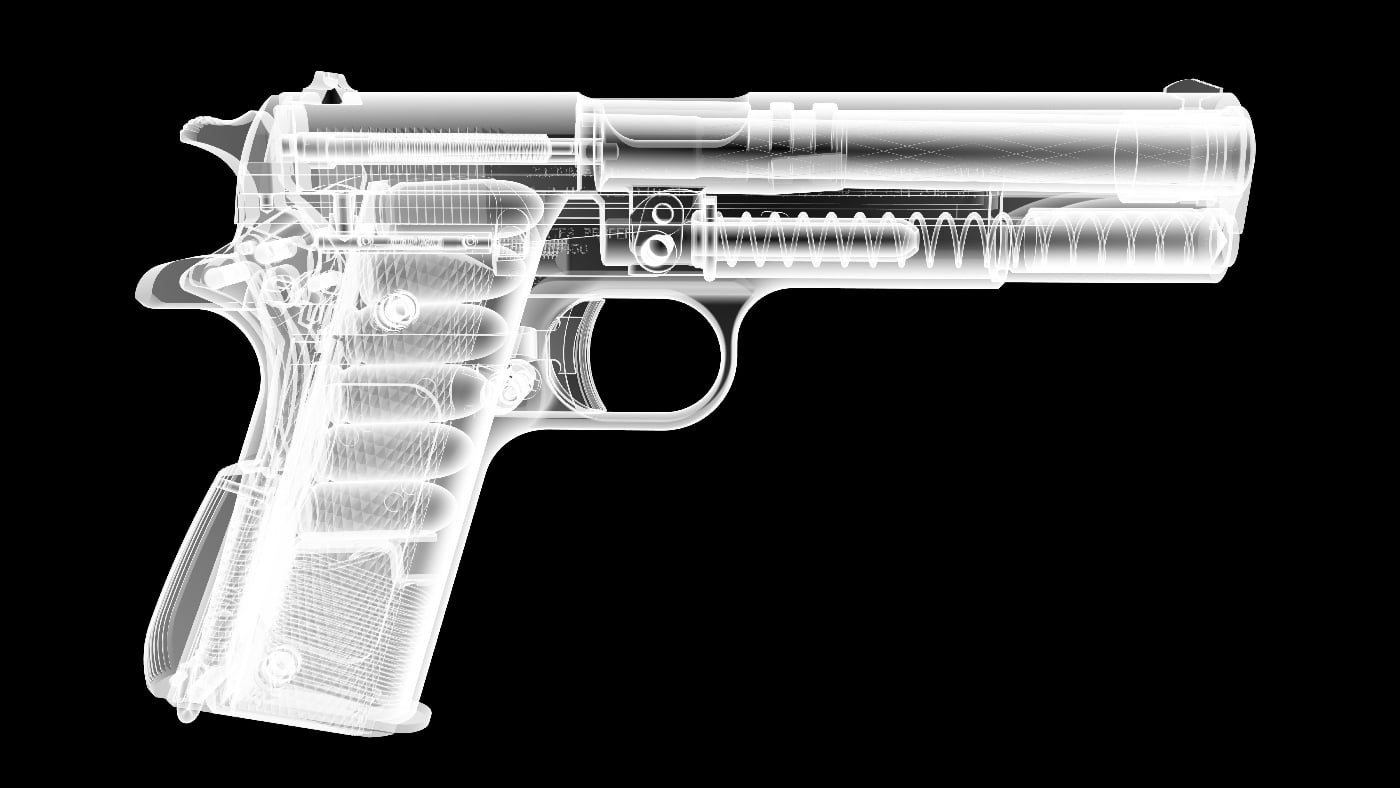
In the 60s, the gun grabbers hyped the term “Saturday night special” when pushing for the prohibition of firearms. The charged term, used since at least the early 1900s, referred to inexpensive firearms. You saw it in the newspapers and saw it on TV.
I previously discussed this disingenuous rhetoric by the anti-gun zealots in my article cop-killer bullets. Saturday night special, and many other terms, are merely newspeak to disguise facts and besmirch otherwise lawful behavior.
What Is a Ghost Gun?
“Ghost gun” is a political term for a homemade firearm. Organizations opposed to private gun ownership use the term to create both fear and mystery. However, there is nothing supernatural about a homemade firearm. Ghost guns can’t hide or evade metal detectors, despite what you might hear.
Are Ghost Guns Legal?
In general, a homemade firearm is completely legal to make and use. Currently, there are no federal laws prohibiting the manufacture or ownership of a personally made gun. There are however, a small number of states that do regulate homemade firearms. You should check your local laws to familiarize yourself if this is something of interest to you.
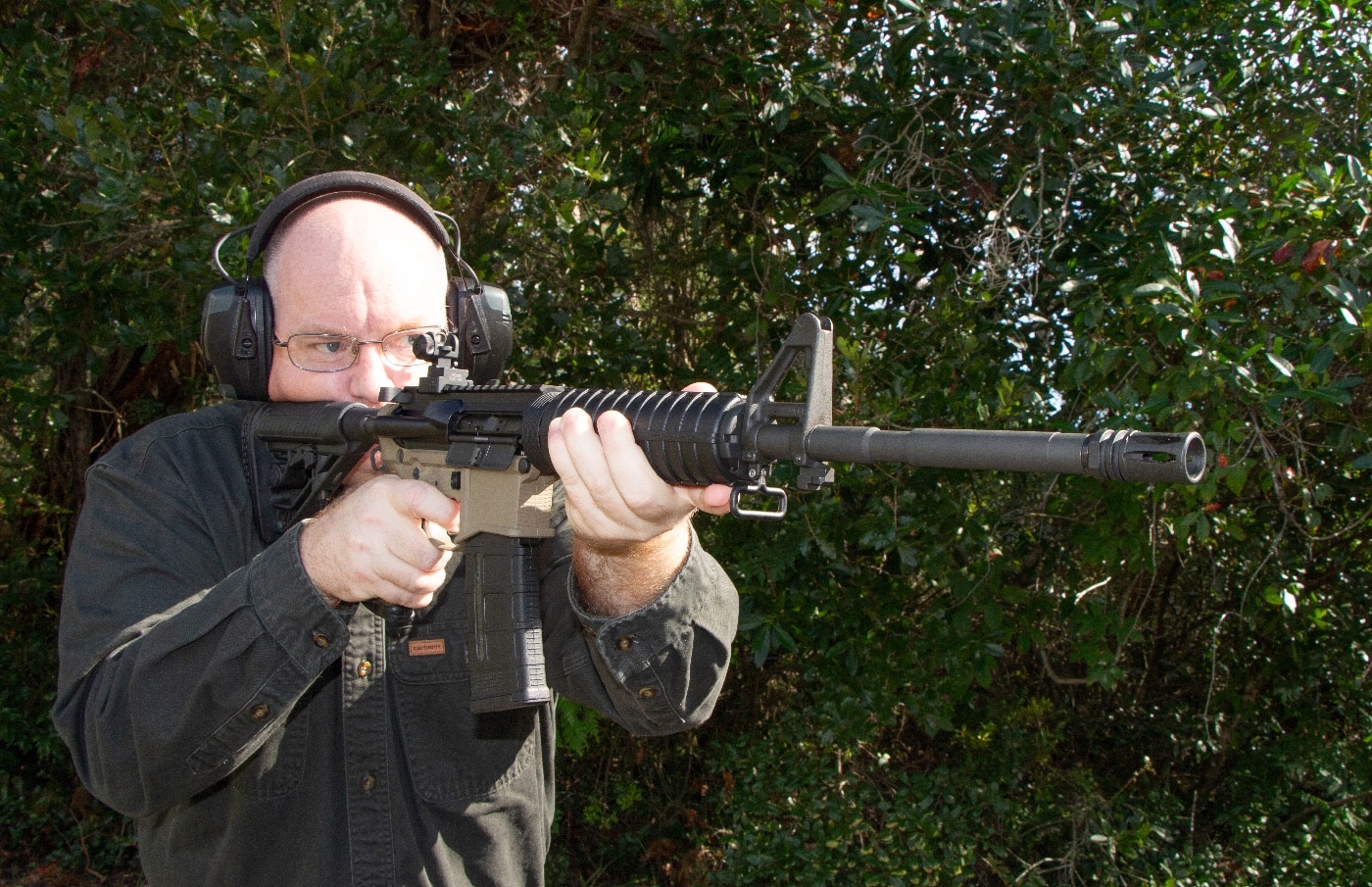
Federal laws regarding specific kinds of weapons regulated by the National Firearms Act (NFA) still apply to homemade firearms. Building your own gun at home is not a sidestep around the laws regarding short-barreled rifles, for example.
Under Federal law, there are no current prohibitions on giving or selling a homemade gun to someone who is not a prohibited owner of guns. However, this is where you must be very careful.
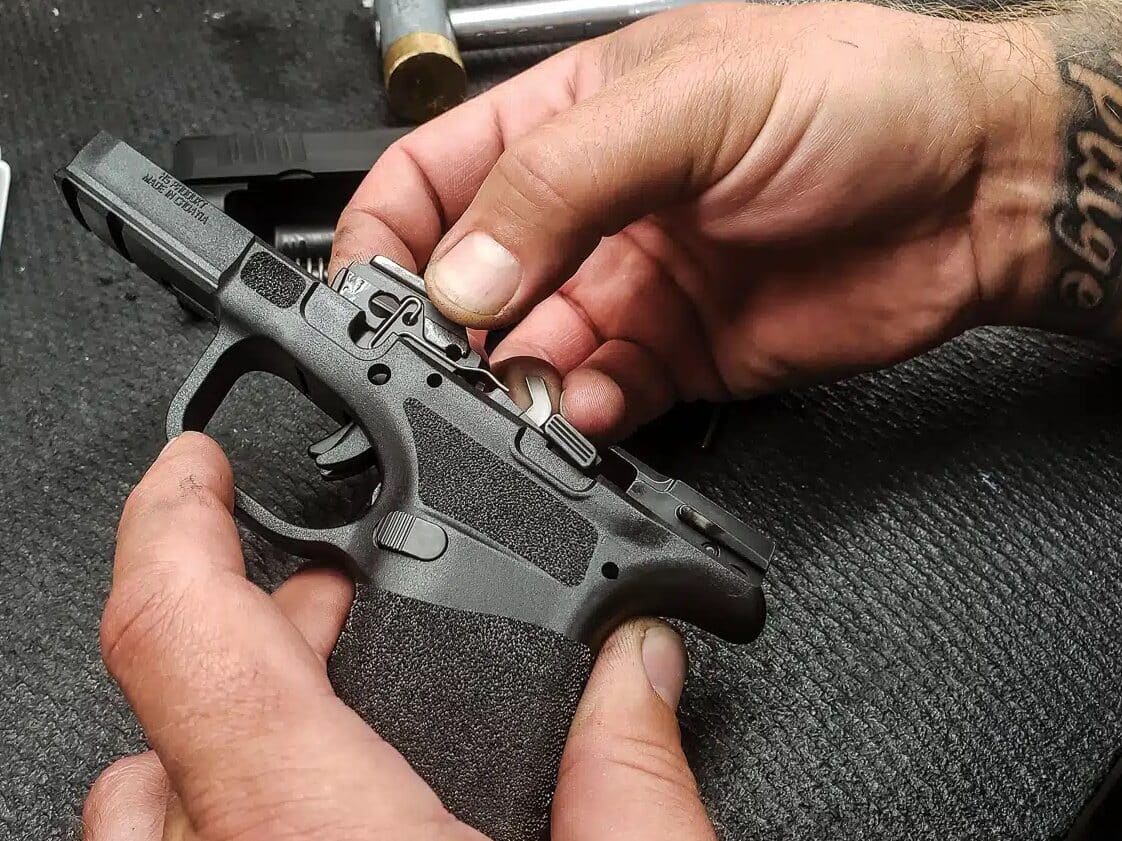
The manufacture of firearms for commercial purposes is heavily regulated. If your hobby strays into commercial purposes, you can face very stiff penalties including long prison sentences if you do not follow the law.
Based on a conversation I had with Firearms Enforcement Specialist L. Babbie at the BATFE in 2016, you cannot make the gun with any intent to give it as a gift or sell it to anyone. However, if you make a gun for yourself and then at some later point decide to sell or gift the gun to someone who can legally own the firearm, you may legally do so.
I’m not a lawyer, and I recommend talking to one if you have any questions about the lawful transfer of firearms.
Different Ways of Making a Homemade Firearm
There are all kinds of firearms that can legally be made at home, from long guns to handguns. One of the most popular guns to build is an AR-style rifle — which, not coincidentally, is one of the most popular firearms in the country.
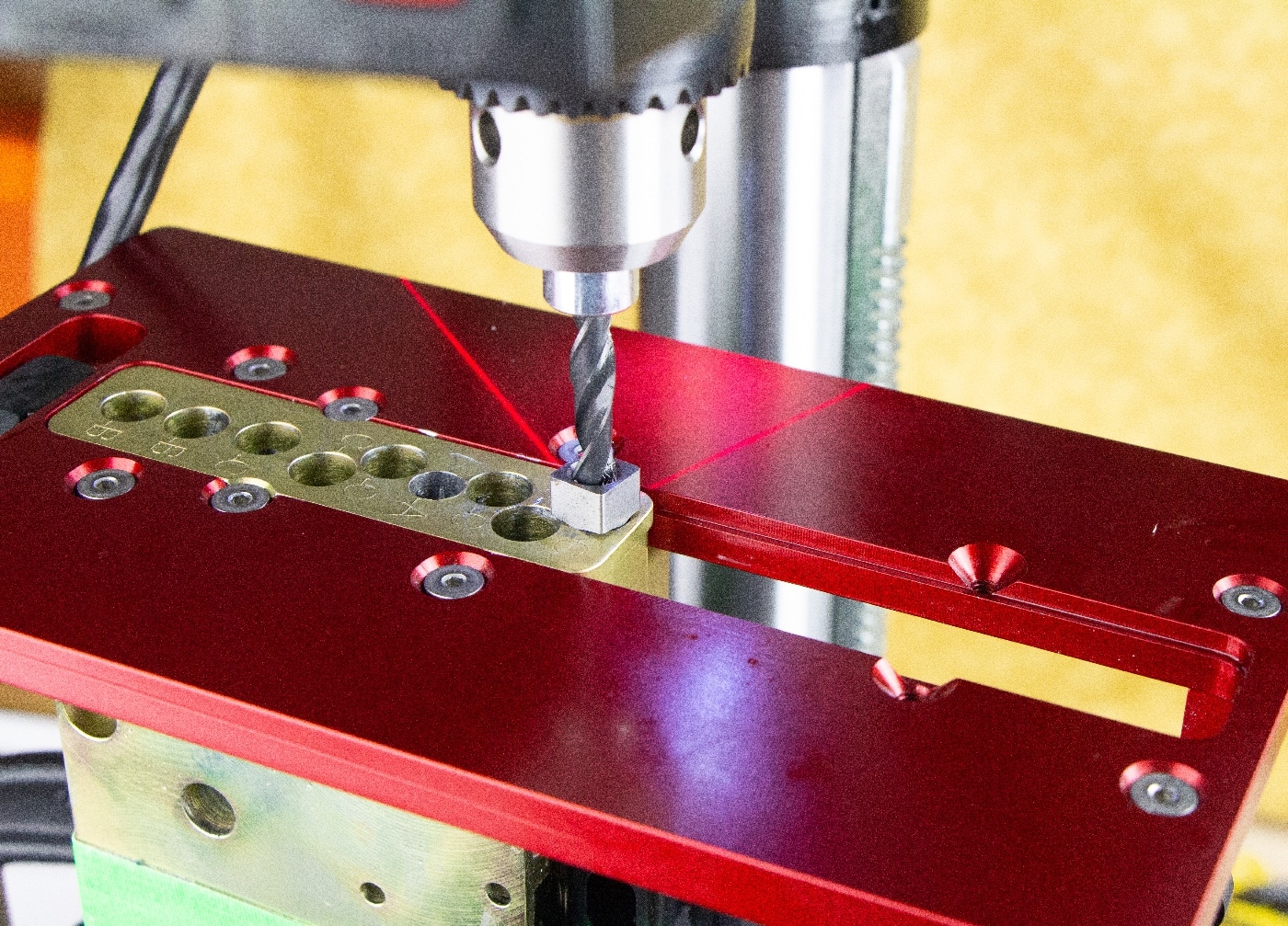
With AR-style rifles, the lower receiver is considered the “gun” by the BATFE. The lower can be built out of a solid billet of aluminum, or really any appropriate material, using a CNC machine or even hand tools. However, an 80% receiver is a simpler way to accomplish this.
An 80% receiver is a general term — not a legal one — referring to a hunk of material that has some portion of machining or molding done to reduce the amount of work you have to put into making it into a firearm.
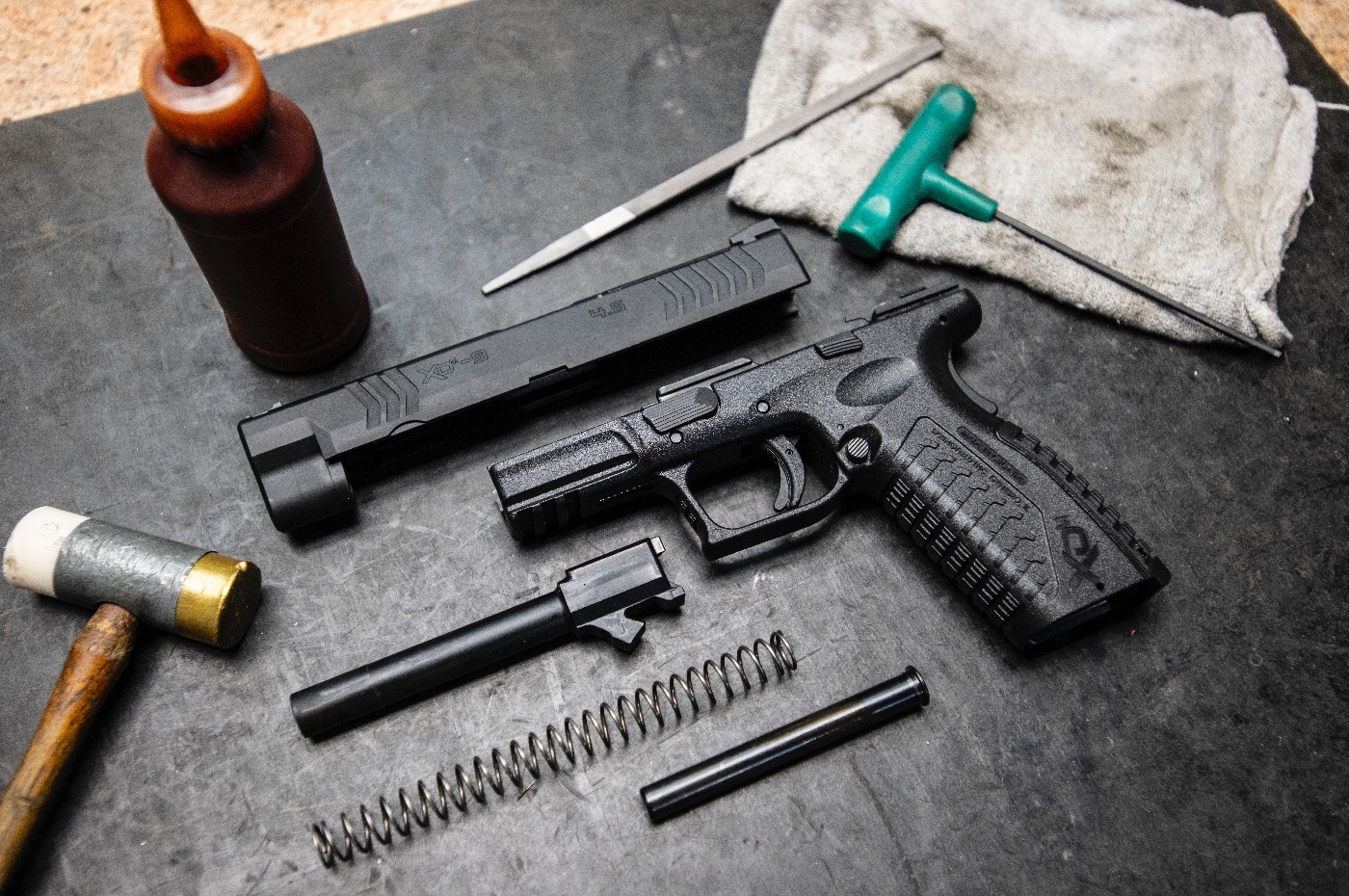
For an AR-style lower receiver, you generally will need to mill the pocket, or cavity, for the fire control group plus drill the holes for the safety selector, trigger pin and hammer pin. A number of high-quality jigs are on the market that can make your work more accurate.
Once you finish your AR lower, you can build the gun into any configuration you want with the purchase of the appropriate parts. For example, mounting the SAINT Victor upper assembly will create an amazing rifle. Other builders may want to go completely custom with an unusual caliber that you simply can’t buy off the shelf.
For other kinds of firearms, different work is needed. Basic metal working skills and tools like a drill press are generally required. However, I’ve seen working examples from people using nothing more than hand tools and a lot of patience (and a certain amount of skill).
Also, keep in mind that a small number of states prohibit unfinished receivers.
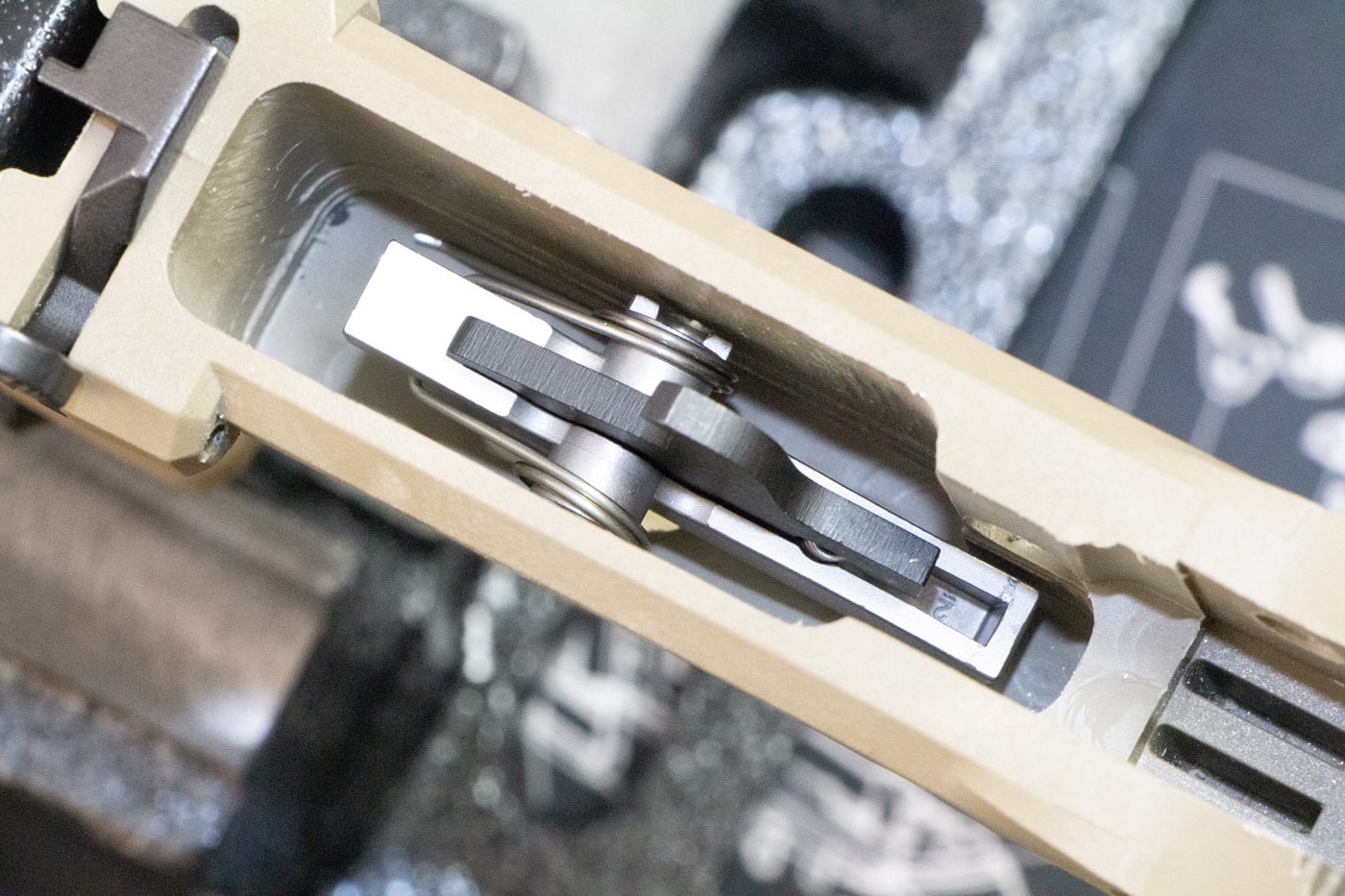
3D Printing a Gun
There seems to be a lot of media myth surrounding guns made with 3D printers. Some of the breathless reporting on homemade guns makes it sound like you can just press a button and a gun pops out as easily as a Xerox machine duplicates a business report.
It’s not that simple.
Running a 3D printer can be fun, but the industry is a long way from being a true plug-and-play technology. There is a lot of work someone needs to put into creating just a coaster, never mind something more complex like a firearm frame.
Even if you are someone who likes learning the technology and enjoys time spent in CAD and slicer programs, questions of durability often make current 3D printing technology inferior to other forms of homemade firearms.
Final Thoughts
I have enjoyed owning and using firearms my entire life. Just as I enjoy a high-quality firearm from a reputable manufacturer, I have also taken on several homemade gun projects myself and have really appreciated the opportunity.
Citizens in the United States have a long history of legally manufacturing their own guns. To my mind, the term “ghost gun” is extremely misleading, and I hope this article has helped provide some enlightenment on the subject.
Editor’s Note: Please be sure to check out The Armory Life Forum, where you can comment about our daily articles, as well as just talk guns and gear. Click the “Go To Forum Thread” link below to jump in and discuss this article and much more!
Join the Discussion
Featured in this article
Continue Reading
Did you enjoy this article?

 104
104




